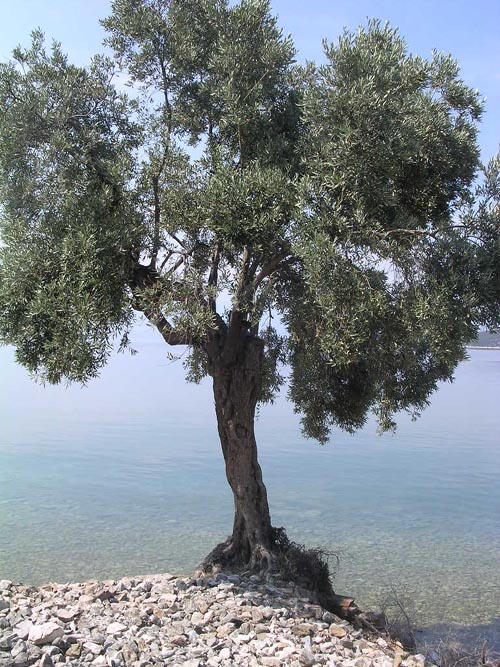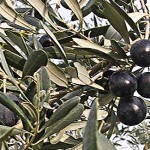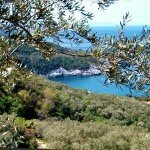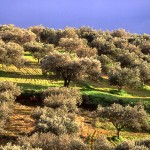 In Greece, the olive tree never grows far from the sea. As the “olea europea” was first cultivated along the plains and hillsides of the coastline of Greece (actually the longest in the Mediterranean) it developed varietals with unique organoleptic qualities, found nowhere else in the world.
In Greece, the olive tree never grows far from the sea. As the “olea europea” was first cultivated along the plains and hillsides of the coastline of Greece (actually the longest in the Mediterranean) it developed varietals with unique organoleptic qualities, found nowhere else in the world.
Of the many olive varietals grown in Greece over the centuries, two dominate the landscape: The tiny Koroneiki, considered the top oil producing olive and the large Kalamata, the best known table olive. Both are predominantly grown in the Peloponese.
Not unlike the old vines of France which have traditionally produced some of the best wines in the world, Greece’s olive oil output is reported to be 75% “extra virgin” as compared to 50% for Italy and 35% for Spain.
The attestation comes from Bloomberg
www.bloomberg.com/news/articles/2015-08-20/greek-olive-oil-exports-boom-as-italy-spain-s-prices-soar
Greece is home to more than 520,000 olive growers, many of whom rely on traditional methods such as handpicking the fruit. Cold pressing, where a machine crushes the olives to extract the oil without the aid of heat or chemicals, is the norm. This qualifies four-fifths of Greece’s oil to carry the higher-quality extra-virgin designation, compared with about two-thirds in Italy and a third in Spain.
Dan Flynn, executive director of the UC Davis Olive Center said, “One question is whether Greek olive oil can achieve the status of Kalamata olives and Greek yogurt among consumers.”







